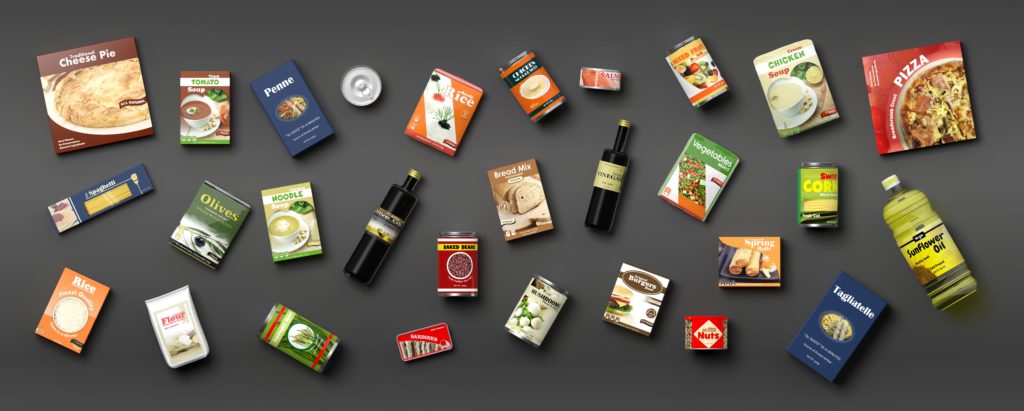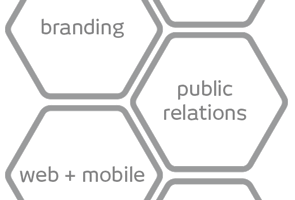
The Importance of a Brand’s Logo
More than any single piece of marketing communication you send out into the marketplace, the one most frequently seen is your brand’s logo. Have you ever given serious thought to what the logo’s design says about your company, your philosophy, your people, and your attitude?
Maybe the time has come to give that some deeper consideration. A New York Times article cites a new breed of logo design emerging in this new and challenging economic environment we live in. As business culture has become a huge focus of most companies, it is something that now needs to be considered a part of brand identity as well.
Rebranding
Many successful organizations are going through what we have traditionally referred to as a “rebrand”. This time, however, it is for a very different reason than it has been in the past. While historically a logo and brand style have been refreshed when considered stale, in modern times it could be driven by an attempt to reflect corporate culture. The world seems more interested in warmer, fuzzier, more accessible, and friendly looking logos. Non-threatening, reassuring, even playful brand identities. As the article puts it, “not emblems of distant behemoths, but faces of friends.”
The Evolution of Today’s Logos
Experts say that logos are becoming less official looking and more conversational. It isn’t just about saying ‘hey, look over here! We’re the best! Buy from us! We’re #1!” They’re more neighborly. More friendly. Today’s logos are more simple, unique, versatile, memorable, and inviting.
We live in an environment of increased transparency, and the Internet allows us a broad view of the inner workings, and perhaps more importantly, the infractions, of companies both large and small.
Warm and Friendly
So what constitutes a more warm and friendly logo? For starters, less intrusive or sharp, bold typefaces. Simplistic geometry. Increased use of softer more subtle graphic elements and more happy, bright colors. There is much more to consider in 2022 than there has been in the past.
Thirty years ago, companies thought about how their logo might look on a sign or a poster. Maybe a tradeshow booth, some flyers, and their website design. Now it includes digital marketing campaigns, blogs, video reels, texts, social media posts, app icons, and so much more. We recognize that the creation of a logo isn’t as easy as it used to be. During a branding strategy discussion recently for a client looking to bring their company product from Asia to North America, I had this very discussion about culture, and what the current branding might say to a western consumer. I had considerable concerns about how the ornate logo would appear on various mediums such as packaging design, infographics, sales sheets, brochures and other digital marketing campaigns. There are many more considerations in play than we used to imagine.
The Importance of Agency
So whether a business is looking to start a new brand, product line, or rebrand, it is more important than ever to work side-by-side with brand strategy professionals. Those who can support you with market research, competitor analysis, and brand strategy will give you the strongest advantage and go-to-market launch strategy.
Recently redesigned logos include Burger King, M&M Mars, Volvo, and many others. They may have spent many millions of dollars to do execute this process, but a great branding agency can help you with a tiny fraction of these big companies’ budgets, while still accomplishing what you need to have your brand reflecting who you are today.




